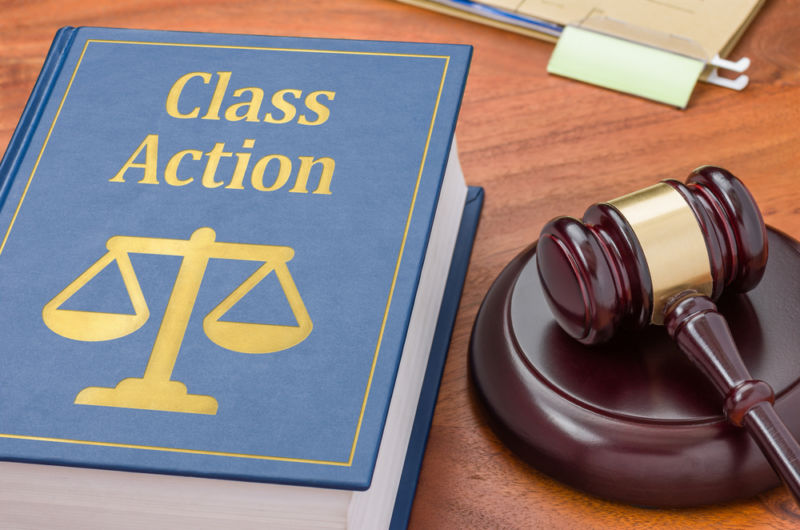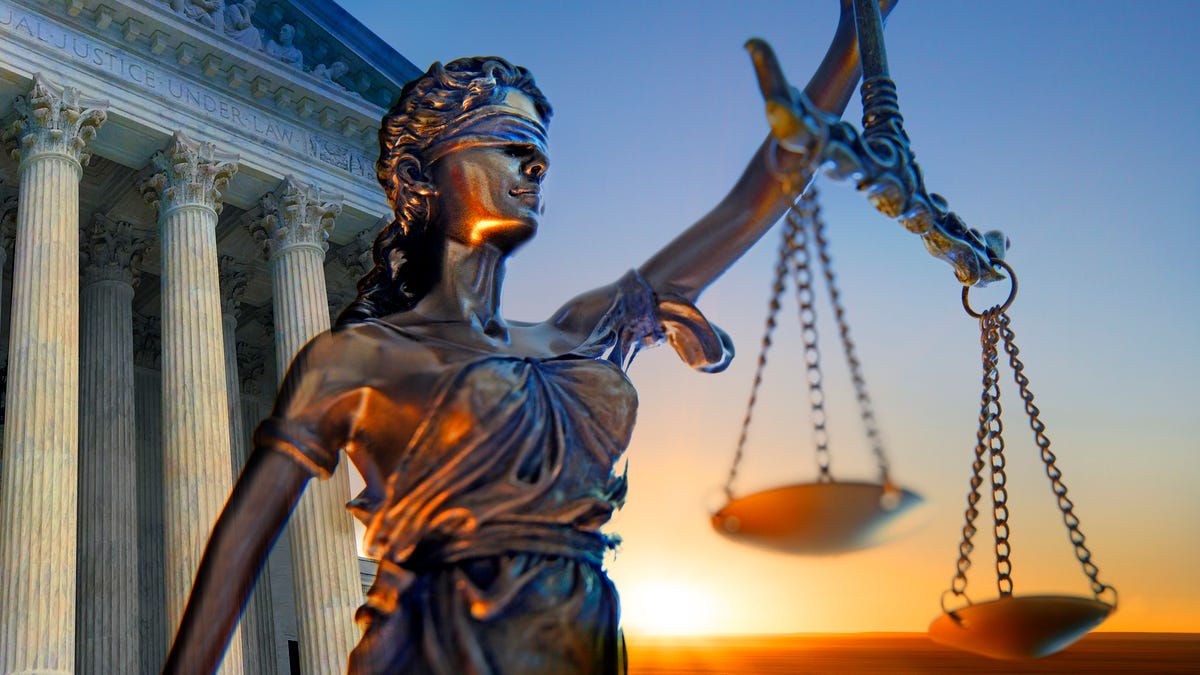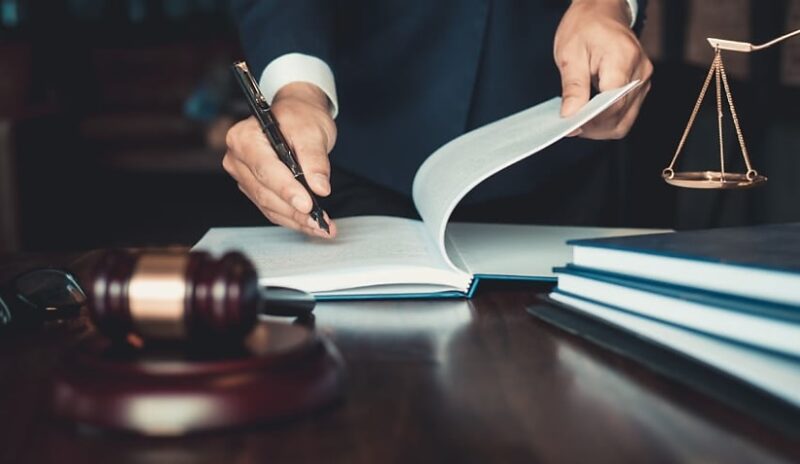Class action lawsuits represent a powerful avenue for collective justice, allowing groups of individuals with common grievances to band together against a defendant—often a large corporation—accused of wrongdoing. Unlike traditional lawsuits, where each plaintiff pursues a separate claim, class actions consolidate similar claims into a single, cohesive case. This not only amplifies the voices of the affected parties but also streamlines the judicial process, catering to those who might not have the resources to fight legal battles alone.
In an age where consumer rights and corporate accountability are at the forefront of societal discourse, understanding the definition, process, and notable examples of class action lawsuits becomes increasingly pertinent. Whether it’s issues of product liability, labor rights, or environmental damages, these legal mechanisms not only shape the fabric of our justice system but also empower individuals to seek redress in an otherwise daunting legal landscape. Let’s delve deeper into the intricacies of class action lawsuits and explore how they function in the pursuit of fairness and equity.
Introduction to Class Action Lawsuits

Class action lawsuits represent a unique legal mechanism allowing a group of individuals to collectively pursue a claim against a common defendant. These cases typically arise when a large number of people are affected by similar grievances, such as defective products, corporate misconduct, or environmental hazards.
Rather than each individual filing separate lawsuits—an often burdensome and costly process—class actions consolidate these claims into one efficient legal action. This approach not only enhances judicial efficiency but also ensures that individuals with legitimate claims have a voice against powerful entities. As we delve deeper into the intricacies of class actions, well explore their definitions, the processes involved, and some notable examples that highlight their significance in the legal landscape.
What is a Class Action Lawsuit?

A class action lawsuit is a legal procedure that allows a group of individuals—often with similar grievances— to unite and sue a defendant as a collective entity. This type of lawsuit can be particularly powerful, providing a means for individuals who might otherwise lack the resources to pursue legal action on their own.
By pooling their claims, the group can effectively challenge corporations, organizations, or even government entities, leveling the playing field in cases of widespread harm, such as consumer fraud, product defects, or environmental damage. The process typically begins when a representative plaintiff or group of plaintiffs seeks certification from the court to proceed as a class. If granted, this designation not only streamlines the legal process but also enhances the potential for a significant restitution, making justice more accessible for all members involved.
The Legal Basis for Class Action Lawsuits

Class action lawsuits are grounded in legal principles that allow individuals facing similar grievances to unite and pursue a collective claim. At the heart of the legal framework lies Rule 23 of the Federal Rules of Civil Procedure, which outlines the criteria for certifying a class: commonality, typicality, adequacy, and numerosity.
These elements serve as the backbone of class actions, ensuring that the claims of the group share sufficient commonalities to justify a unified approach. This collective mechanism not only enhances efficiency in the judicial process but also levels the playing field against powerful entities that might otherwise exploit individual claimants, allowing ordinary people to seek justice on a broader scale. As such, the legal basis for class actions embodies a crucial aspect of civil litigation, blending the pursuit of accountability with the necessity of judicial economy.
Conclusion
In conclusion, class action lawsuits serve as a vital mechanism for individuals seeking justice against common grievances, particularly when individual claims might be too small to warrant separate legal action. By understanding the definition, process, and real-world examples of these lawsuits, plaintiffs can better navigate the complexities of the legal system.
It is essential for those considering such actions to consult with knowledgeable attorneys who can provide guidance and representation throughout the process. Ultimately, class action lawsuits not only empower individuals but also promote accountability among corporations and institutions, ensuring that the rights of many are upheld in the face of collective challenges.


